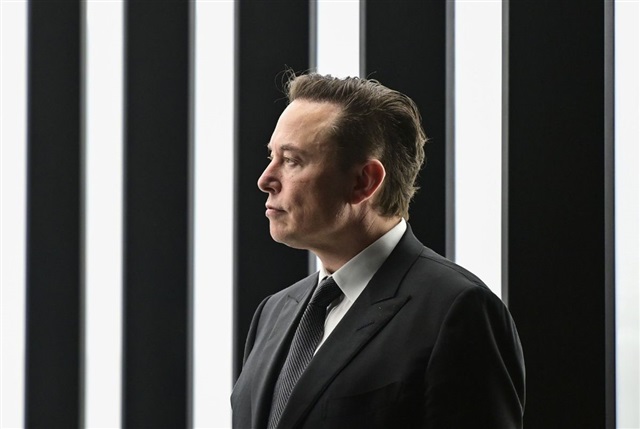As Nvidia's value soars past US$5 trillion and SpaceX cuts launch costs, the next data center boom may not be on Earth at all.
In just over a hundred days, Nvidia's market capitalization surged from US$4 trillion to US$5 trillion, a record-breaking climb driven by the company's dominance in the one thing every AI enterprise needs most: computing power.
With its unrivaled GPU technology and a tightly integrated CUDA software ecosystem, Nvidia has become the indispensable upstream supplier for AI giants like OpenAI, Anthropic, and Google. Its chips are the engines of the modern AI revolution.
But as Google and Nvidia begin sending AI accelerators into orbit, exploring the creation of low-Earth orbit (LEO) data centers, a new question is emerging:
If Nvidia sells computing power on Earth — and SpaceX sells orbits in space — could Elon Musk's company one day dominate the realm of space-based compute?
SpaceX and the economics of the next frontier
Whether or not Musk intends to monopolize orbital computing, the economics are already shifting in his favor.
SpaceX has slashed the cost of launching payloads from hundreds of millions of dollars per flight to mere millions, even hundreds of thousands in some cases. That cost revolution is precisely what makes the idea of expanding data centers into space plausible.
Both Google executives and the CEO of Starcloud, a private orbital AI startup, have acknowledged that their plans depend entirely on the falling cost structure enabled by SpaceX's Starship.
In a late-October conversation with podcaster Joe Rogan, Musk outlined what he sees as the next dividend of reusable rocketry: Any discussion about reusability, he said, starts with stable, controllable propulsion engines like the Raptor 3. The ultimate goal of all that engineering, Musk added, is simple: a rocket that can be used again.
Musk has often drawn a stark comparison between aviation and rocketry. He argues that if every airplane were destroyed at the end of each flight and had to be rebuilt from scratch, commercial aviation would never have become an industry at all. For decades, he says, spaceflight operated under precisely those conditions, a pursuit so expensive that only national governments, not private companies, could afford to take part.
That's what makes Starship significant. Its value isn't just that it's the largest rocket ever built, but that it's designed to be the first truly reusable one, capable of rapid turnaround flights that can make orbital transport routine.
From disposable rockets to reusable vehicles
SpaceX's Falcon 9 rocket has already achieved what was once considered impossible: routine reuse of its first stage. After each launch, the booster returns to Earth — landing either on solid ground or an ocean platform — and, after inspection and refurbishment, flies again.
This transformed rockets from single-use, disposable hardware into reusable transport vehicles. The results have been dramatic: SpaceX now handles about 90% of all global payloads to orbit, with most of the remainder coming from China.
According to Musk, payload capacity — not just number of launches — is the true metric of space transport power. Falcon 9 was the first step; Starship aims to take it further by making both the booster and upper stage reusable, reliable, and repeatable.
The results are measurable. To date, SpaceX has completed more than 500 successful booster landings, all during commercial missions. Musk calls this the dividing line of aerospace technology: reusability isn't about performance margins, he says, but about scalability.
The real frontier: making space as accessible as airports
Without radically lower launch costs, Musk argues, humanity's presence in space will remain at the level of a laboratory experiment. Reusable rockets change that equation, turning what was once an exclusive, government-led endeavor into an emerging commercial ecosystem.
In Musk's view, the transition is analogous to the birth of civil aviation: only when flights stop being one-way missions can space travel and orbital infrastructure become as routine as ships using harbors or planes using airports.
And if that happens, the next great competition — for computing power beyond Earth's atmosphere — may not be about who builds the best chip, but who controls the orbit it runs in.
Article edited by Jack Wu




